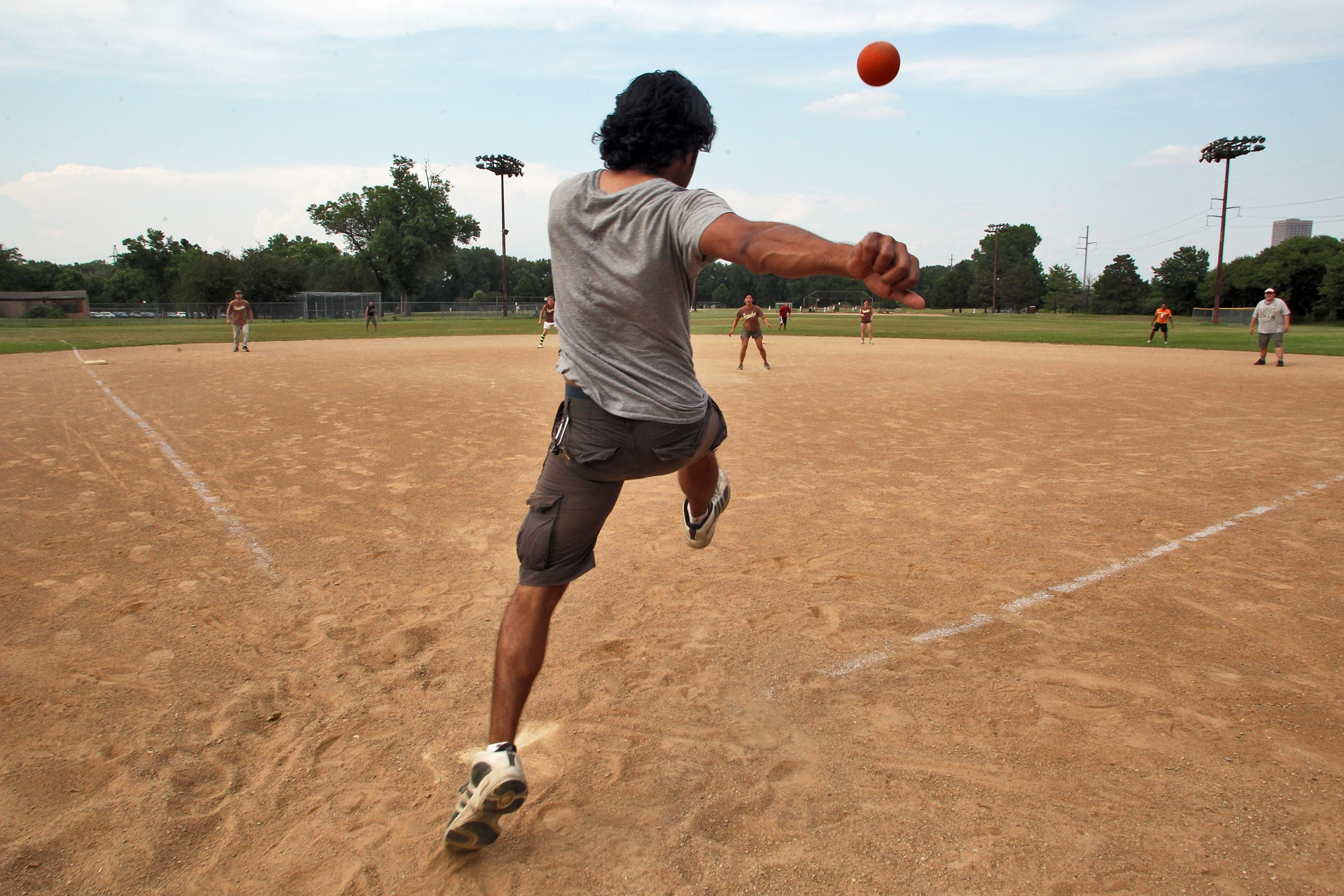Introduction
Barrel racing, a thrilling and fast-paced equestrian sport, demands a unique blend of speed, agility, and precision from both horse and rider. Training a barrel racing horse requires dedication, patience, and a deep understanding of the sport’s nuances. This guide delves into the essential aspects of barrel racing horse training, from foundational groundwork to advanced techniques, ensuring both horse and rider are well-prepared for competitive events.
Understanding Barrel Racing Fundamentals
Barrel racing is an event in which a horse and rider navigate a cloverleaf pattern around three barrels set up in a triangular formation. The objective is to complete the pattern in the fastest time possible without knocking over any barrels. This requires the horse to exhibit exceptional speed, control, and responsiveness. Understanding the fundamental movements and requirements of barrel racing is crucial for effective training.
Training begins with familiarizing the horse with the barrels. Initially, the focus should be on desensitizing the horse to their presence. This involves allowing the horse to approach and inspect the barrels at a comfortable pace, ensuring that it does not become intimidated or spooked. Gradually, as the horse becomes more accustomed to the barrels, training can progress to incorporating the basic patterns of the cloverleaf course.

Groundwork: Building A Strong Foundation
Before introducing the barrels, it’s essential to establish a solid groundwork foundation. Groundwork serves as the building block for all future training, helping to develop the horse’s responsiveness, flexibility, and overall demeanor. Key elements of groundwork include leading, lunging, and desensitization exercises.
Leading exercises teach the horse to follow commands and establish a respectful relationship between horse and rider. This includes leading the horse through various obstacles, ensuring it remains calm and focused. Lunging, or exercising the horse in a controlled circle, helps improve the horse’s balance and obedience. It is also an opportunity to work on transitions, such as moving from a trot to a canter, which are crucial for smooth barrel turns.
Desensitization involves exposing the horse to different stimuli, such as the sound of the barrels clanging or the sight of different colors and objects. This process helps the horse remain composed and focused during the actual competition.
Introducing The Barrels
Once the horse is comfortable with groundwork, the next step is to introduce the barrels. Start by placing the barrels in a simple pattern, allowing the horse to approach them at a relaxed pace. Use positive reinforcement, such as treats and praise, to encourage the horse to investigate the barrels and get used to their presence.
When the horse shows confidence around the barrels, begin practicing basic maneuvers around them. Start with simple exercises, such as walking the horse around the barrels in a figure-eight pattern. Gradually increase the complexity by incorporating tighter turns and faster paces. The goal is to help the horse understand the pattern and develop a sense of rhythm and timing.
Developing Speed And Precision
With the horse comfortable around the barrels, training can progress to developing speed and precision. This phase focuses on improving the horse’s ability to make quick, accurate turns and maintain a steady pace throughout the course.
Begin by practicing slow, controlled runs around the barrels, emphasizing proper technique and positioning. Work on getting the horse to make tight, clean turns without knocking over the barrels. Use a combination of verbal cues and rein signals to guide the horse through the pattern.
As the horse becomes more proficient, gradually increase the speed while maintaining control and accuracy. It is crucial to ensure that the horse does not sacrifice technique for speed, as this can lead to mistakes and penalties during competition.
Training For Responsiveness And Flexibility
Responsiveness and flexibility are key traits for a successful barrel racing horse. Training should focus on improving the horse’s ability to respond quickly to cues and make agile movements around the barrels.
To enhance responsiveness, practice various exercises that require the horse to change direction and pace quickly. This includes practicing sharp turns and sudden stops, which help the horse become more attuned to the rider’s commands. Incorporate lateral movements, such as side-passing and shoulder-in, to improve the horse’s flexibility and balance.
Additionally, work on developing the horse’s ability to maintain a consistent pace throughout the course. This involves practicing transitions between different gaits and ensuring that the horse can adjust its speed smoothly and efficiently.
Incorporating Obstacles And Challenges
To prepare the horse for the unpredictability of actual barrel racing events, incorporate various obstacles and challenges into training sessions. This helps the horse become accustomed to different scenarios and develop the ability to remain focused under pressure.
Introduce obstacles such as poles, cones, and different types of terrain to simulate the conditions of a real competition. Practice navigating these obstacles while maintaining the barrel racing pattern, encouraging the horse to remain calm and composed.

Additionally, simulate competition conditions by timing the horse’s runs and practicing under similar circumstances to those of an actual event. This helps the horse become familiar with the pressure of competition and develop strategies for handling it effectively.
Maintaining Health And Fitness
A crucial aspect of barrel racing horse training is maintaining the horse’s health and fitness. Regular exercise, proper nutrition, and veterinary care are essential for ensuring that the horse remains in optimal condition.
Establish a consistent exercise routine that includes a mix of conditioning work, such as trotting and cantering, as well as strength-building exercises. Incorporate rest days into the routine to allow the horse to recover and prevent overtraining.
Proper nutrition is also vital for maintaining the horse’s energy levels and overall health. Provide a balanced diet that includes high-quality forage, grains, and supplements as needed. Ensure that the horse has access to clean water at all times.
Regular veterinary check-ups and farrier visits are essential for monitoring the horse’s health and addressing any issues that may arise. Keep an eye on the horse’s weight, hooves, and overall condition to ensure that it remains in peak performance shape.
Preparing For Competition
As the horse progresses in training, it’s important to prepare for actual barrel racing competitions. This involves not only practicing the barrel pattern but also preparing for the logistics and demands of competition.
Start by attending local events and observing the competition to familiarize yourself with the environment and procedures. Practice competing in different arenas and under varying conditions to help the horse become accustomed to the excitement and noise of a competition setting.
Additionally, work on perfecting the horse’s pre-competition routine, including grooming, warming up, and mental preparation. Ensure that both horse and rider are calm, focused, and ready to perform at their best.
Maintaining A Positive Training Environment
A positive training environment is crucial for the success and well-being of both horse and rider. Ensure that training sessions are enjoyable and rewarding for the horse, with plenty of praise and positive reinforcement.
Avoid pushing the horse beyond its limits or creating negative associations with training. Instead, focus on gradual progression and celebrating small victories along the way. A supportive and encouraging atmosphere helps build a strong bond between horse and rider, leading to better performance and a more enjoyable experience.

Conclusion
Training a barrel racing horse is a multifaceted process that requires dedication, patience, and a thorough understanding of the sport. By focusing on foundational groundwork, introducing the barrels, developing speed and precision, and incorporating obstacles and challenges, riders can prepare their horses for success in competition. Maintaining health and fitness, preparing for competition, and fostering a positive training environment are also essential for achieving optimal results. With commitment and careful training, both horse and rider can excel in the exciting and fast-paced world of barrel racing.










